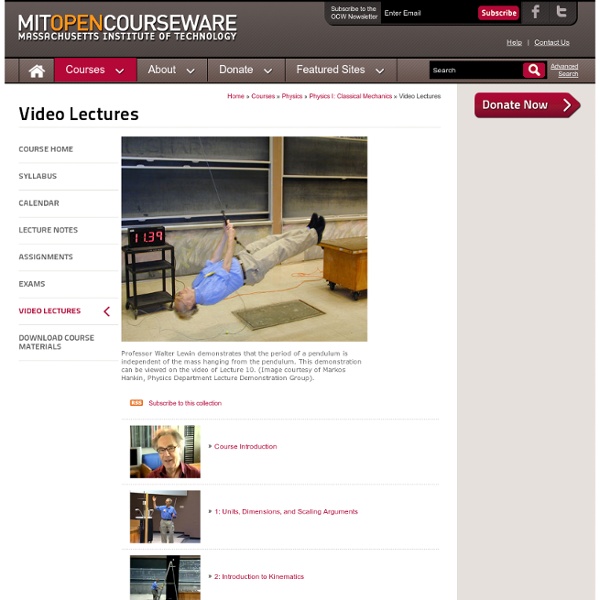



Sky View Cafe - Astronomy - Star Charts and Ephemeris Audio/Video Courses Welcome — AIP A Few Tricks All The New iOS 7 Users Should Know At long last, iOS 7 has arrived. That is, it arrived for everyone who didn’t say “Developer? Oh, yeah, I’m totally a developer. iOS 7 is a strange new land, especially on day one. It can be confusing, but we’re here to help. iOS 7 has all sorts of nifty little tricks tucked away in places that are in no way immediately obvious, especially if you haven’t followed Tim Cook’s every word along the way. If you’ve been using iOS 7 for a while, you might know some of these. Swipe Down For Search: Gone are the days of having to swipe or tap your way to iOS’ dedicated search page. You can use Spotlight to quickly search across your device’s apps, emails, and contacts — but curiously, it seems that Apple has removed Spotlight’s ability to search the web. Swipe Up For Toggles: Toggles! Fixing what is perhaps one of iOS’ most glaring, long-lasting omissions, iOS 7 puts one-click access to things like Airplane mode and Wi-Fi/Bluetooth toggles just one swipe away, instead of hiding them in settings.
Home | Practical Physics This website is for teachers of physics in schools and colleges. It is a collection of experiments that demonstrate a wide range of physical concepts and processes. Some of the experiments can be used as starting-points for investigations or for enhancement activities. Many have links to carefully selected further reading and all include information and guidance for technicians. Physics is a practical science. Practical activities are not just motivational and fun: they can also sharpen students’ powers of observation, stimulate questions, and help develop new understanding and vocabulary. Good quality, appropriate physics experiments and investigations are the key to enhanced learning, and clarification and consolidation of theory. We have published a new set of resources to support the teaching of practical science for Key Stages 3-5.
Introduction | The Alfred Russel Wallace Website Useful Bookmarklets for iPad, iPhone and iPod Touch Browser 18 Mar 2013 The most useful iOS bookmarklets for your iPhone, iPad and iPod Touch with instructions on how to install them in your mobile Safari browser. couch mode print story The Safari browser of your iOS device (iPad, iPhone, iPod Touch) doesn’t support extensions (or add-ons) but you can still add extra functionality to the mobile browser with the help of bookmarklets. Bookmarklets, if you are new, are like regular bookmarks but instead of opening new websites, bookmarklets are often used to perform actions. In the case of a desktop browsers like Chrome or Firefox, you can simply drag the bookmarklet to the bookmarks toolbar but unfortunately, the Safari browser of your iOS device doesn’t support this style of installation. Just pick any iOS bookmarklet from the drop-down menu below and a bookmark the page in your iOS Safari browser. Next, edit the saved bookmark and remove everything from the URL that’s before the # symbol. Safari Bookmarklets for iPhone, iPad & iPod Touch
Ellära för högstadiet Strömstyrka Strömmen i en ledning har två delar som samverkar - elektrisk ström och elektrisk spänning. Den elektriska strömmen kan sägas vara den laddningsmängd som förflyttar sig i ledningen under en viss tid, dvs. den mängd elektroner som rör sig i ledningen. Elektrisk ström betecknas med stort I och dess enhet är ampere som betecknas med ett stort A. Spänning Den kraft som skjuter på elektronerna i den elektriska ledningen kallas för spänning. Motstånd - resistans När elektrisk ström går genom en ledning inser man att det finns ett motstånd i ledningen. Många material leder inte ström alls. Ett material som leder ström halvbra kallas halvledare ex grafit dvs. kol. En vanlig glödlampa har en metalltråd av volfram. En tjock och kort metalltråd leder ström bättre än en lång och smal. Örstedt, Colladon, Faraday Örstedt upptäckte fenomenet elektromagnetism. William Sturgeon förfinade tekniken och skapade en elektromagnet genom att vira metalltråd runt ett järnföremål. Samband: P = U * I